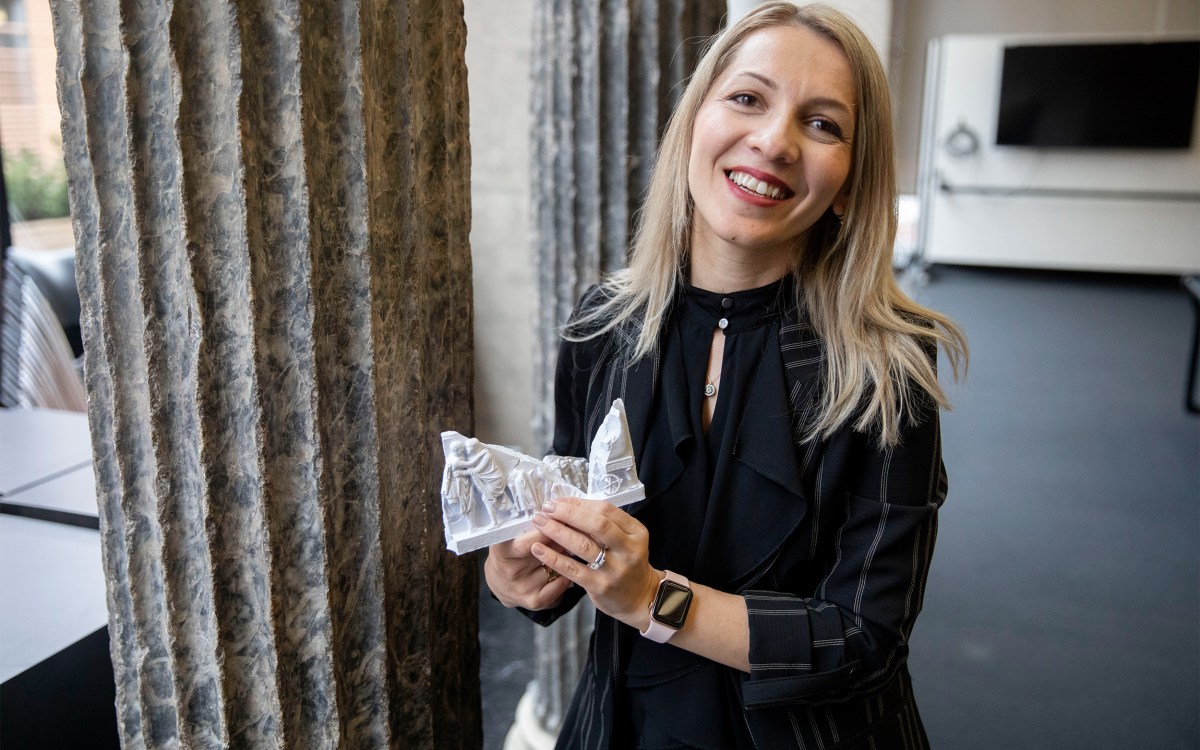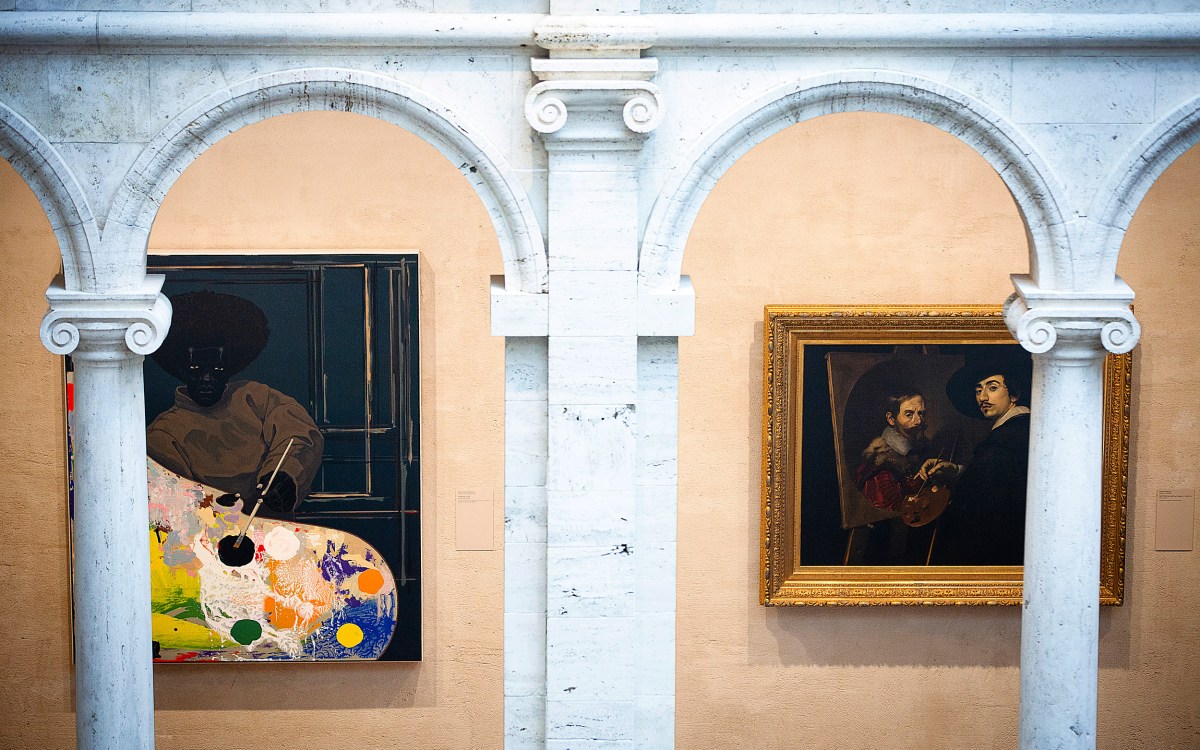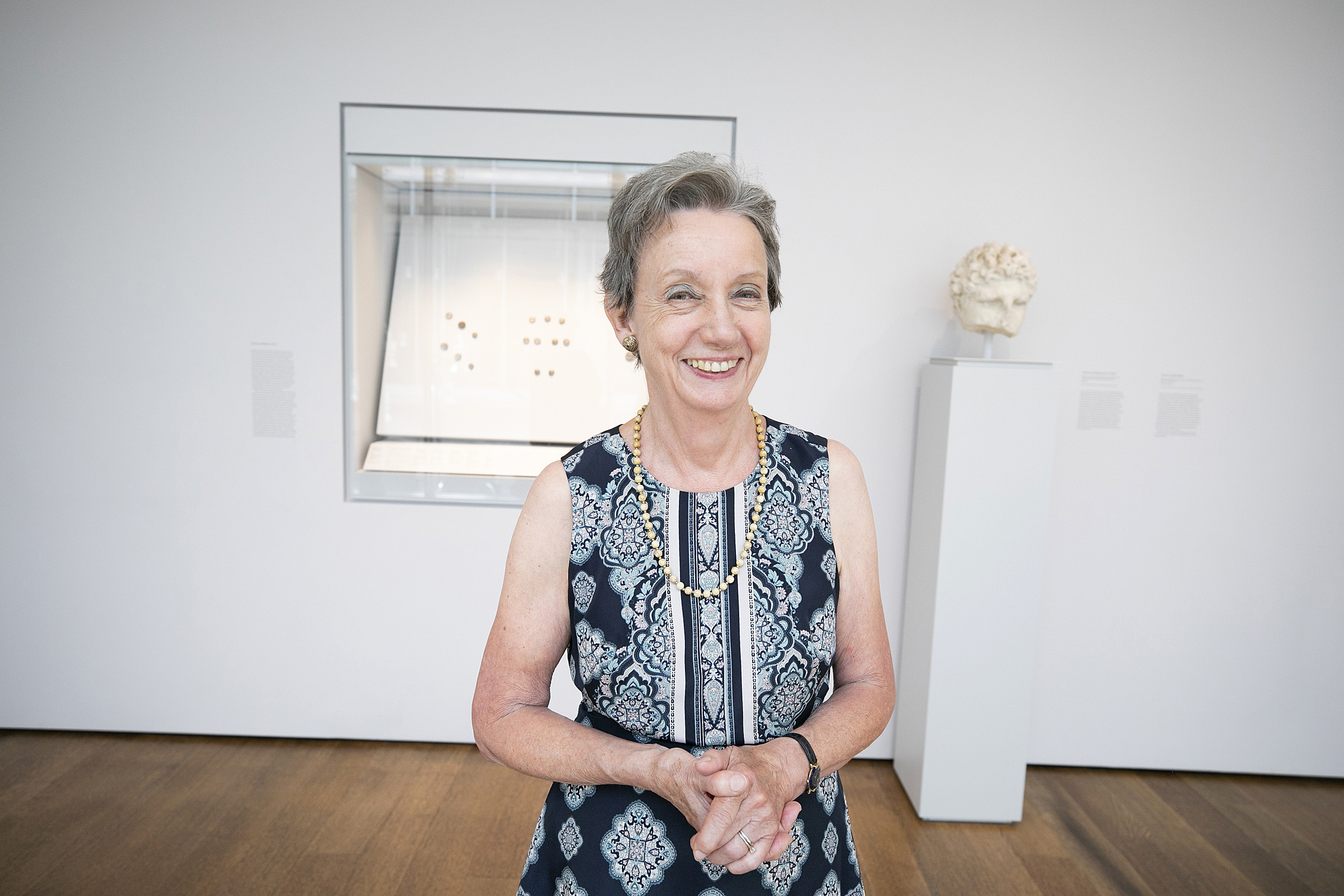
Carmen Arnold-Biucchi recently retired after almost two decades as the museums’ first curator of ancient coins.
Stephanie Mitchell/Harvard Staff Photographer
Uncommon coinage
The Harvard Art Museums’ first curator of ancient coins retires after 17 years
Among the Harvard Art Museums’ vast treasures is a miniature work that marked a murderous coup.
Minted in the Roman Republic in 43‒42 BCE, the small silver coin features the head of Marcus Junius Brutus on one side, and two daggers, a hat often worn by a freed slave, and the Latin words Eid Mar (“Ides of March,” in English) on the other. It was struck by Brutus, who, along with several other members of the Roman Senate, stabbed the Roman dictator Julius Caesar to death on March 15, 44 B.C. Caesar’s assassination set off a scramble for power that would ultimately spell the end of the Roman Republic and inaugurate the Roman Empire under the reign of his adopted son and heir, Octavian, known to history as the Emperor Augustus.
The imagery on the piece is unmistakable and “very powerful,” said Carmen Arnold-Biucchi, who recently retired after almost two decades as the museums’ first curator of ancient coins. During her tenure, Arnold-Biucchi helped bring roughly 2,000 other pieces to Harvard, small-scale works of art adorned with mythical creatures, ancient architecture, biblical references, important people, and poignant dates. Her acquisitions are key historical artifacts that augment the museums’ collection of more than 20,000 Greek, Roman, and Byzantine coins. In some cases, in fact, they are among the few existing remnants of parts of the past.
Arnold-Biucchi was teaching a seminar in Hellenistic coins several years ago when a student mentioned his interest in seeing the Greek world from another perspective. “Suddenly, I realized that we have very few ancient Jewish coins, which are extremely important,” she said, “because there are so few material documents for Jewish history left.” Arnold-Biucchi filled that gap by acquiring coins from the Hasmonaean and Herodian kings, from the first and the second Jewish revolts (under Titus and under Hadrian), and other coins connected to ancient Jewish life.
The Swiss Italian native said she isn’t entirely sure what drew her to study classical archaeology, a field that includes coins, while she was a student at the University of Fribourg in Switzerland. Languages or medical school didn’t appeal to her, but history, and the study of ancient, tangible objects, did. And coins, which she eventually gravitated toward, were some of the most tangible artifacts around.
Image gallery
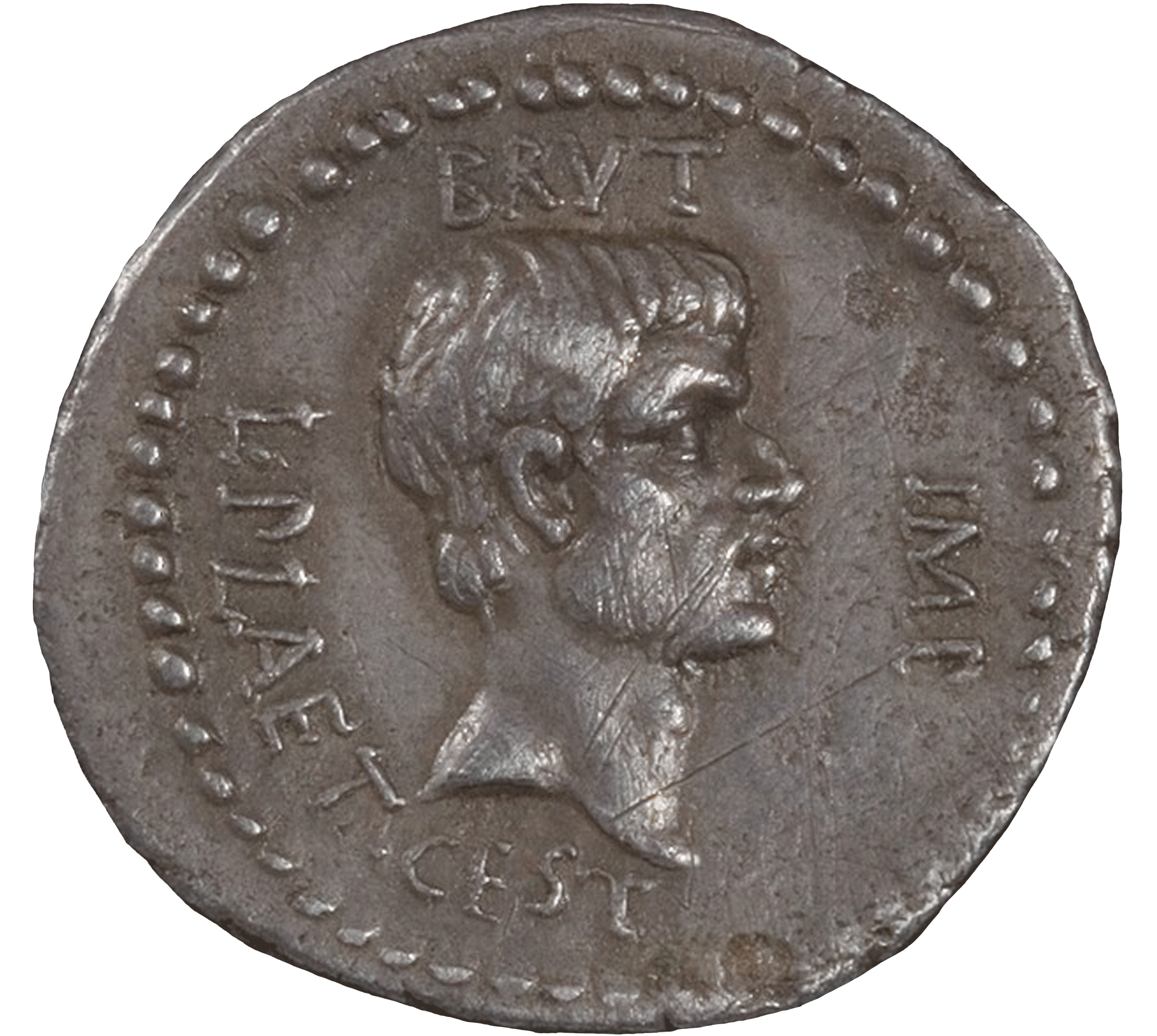
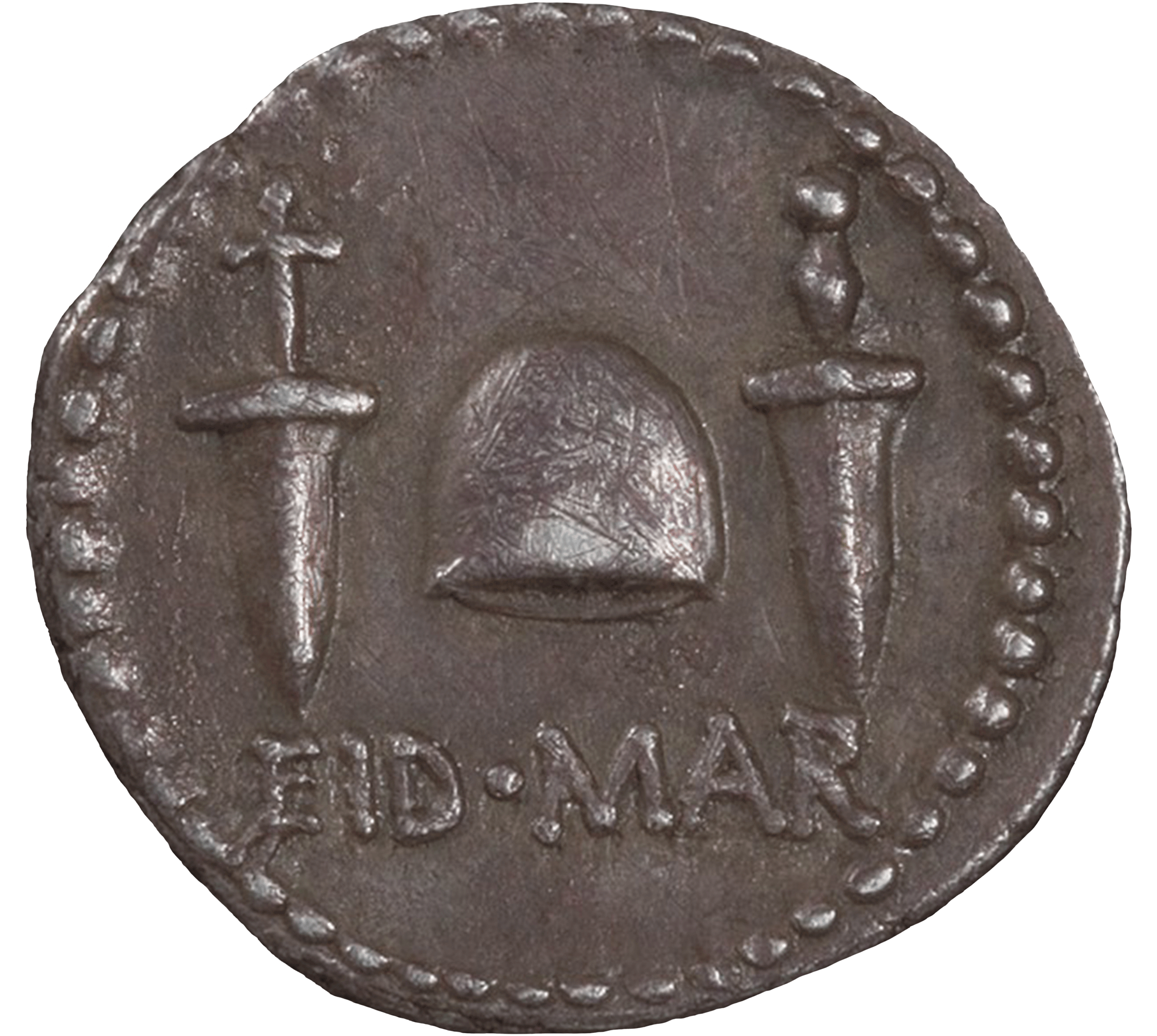
Denarius of L. Plaetorius Cestianus for Brutus, Moving Mint. Harvard Art Museums/Arthur M. Sackler Museum, Bequest of Frederick M. Watkins
“Coins were meant to circulate and to be touched,” said Arnold-Biucchi, whose position was endowed as the Damarete Curatorship of Ancient Coins in 2009. Before arriving on campus in 2002 she spent 18 years at the American Numismatic Society in New York City. At Harvard she has organized, cataloged, and digitized the collection and promoted coins as important windows to history, teaching in the Department of the Classics and at the Harvard Extension School, and always engaging students directly with the collection. “They are among the few types of objects in the museum that people can touch,” said Arnold-Biucchi, “and that is very powerful. So when I teach, I always teach with the coins.”
Also powerful is the fact that coins can shine a very distinct light on history. Created by the state, ancient coins often carry important information about a society’s economy, political history, trading patterns, culture, religion, and rulers through their images, materials, and the technologies used to create them. And because they were created in bulk — one pair of dies, notes Arnold-Biucchi, could strike 20,000 coins — and made from durable materials, they survive in large numbers. They also often contain information that ties them to a specific period or even an exact date, said Arnold-Biucchi,who calls them “original works of ancient sculpture in miniature.” Among her favorites at the museums is the dekadrachm of Akragas from the end of the fifth century B.C. Only 10 are known to exist, and Harvard’s is the only one in the U.S. Roughly the size of a silver dollar, it is one of the largest denominations of ancient coinage (originally worth 10 drachmas, the standard unit of Greek coinage) and its detailed engraving renders it an artistic tour de force. On one side two eagles peck at a hare (the eagle is a mark of Zeus), on the other a naked youth drives a four-horse chariot.
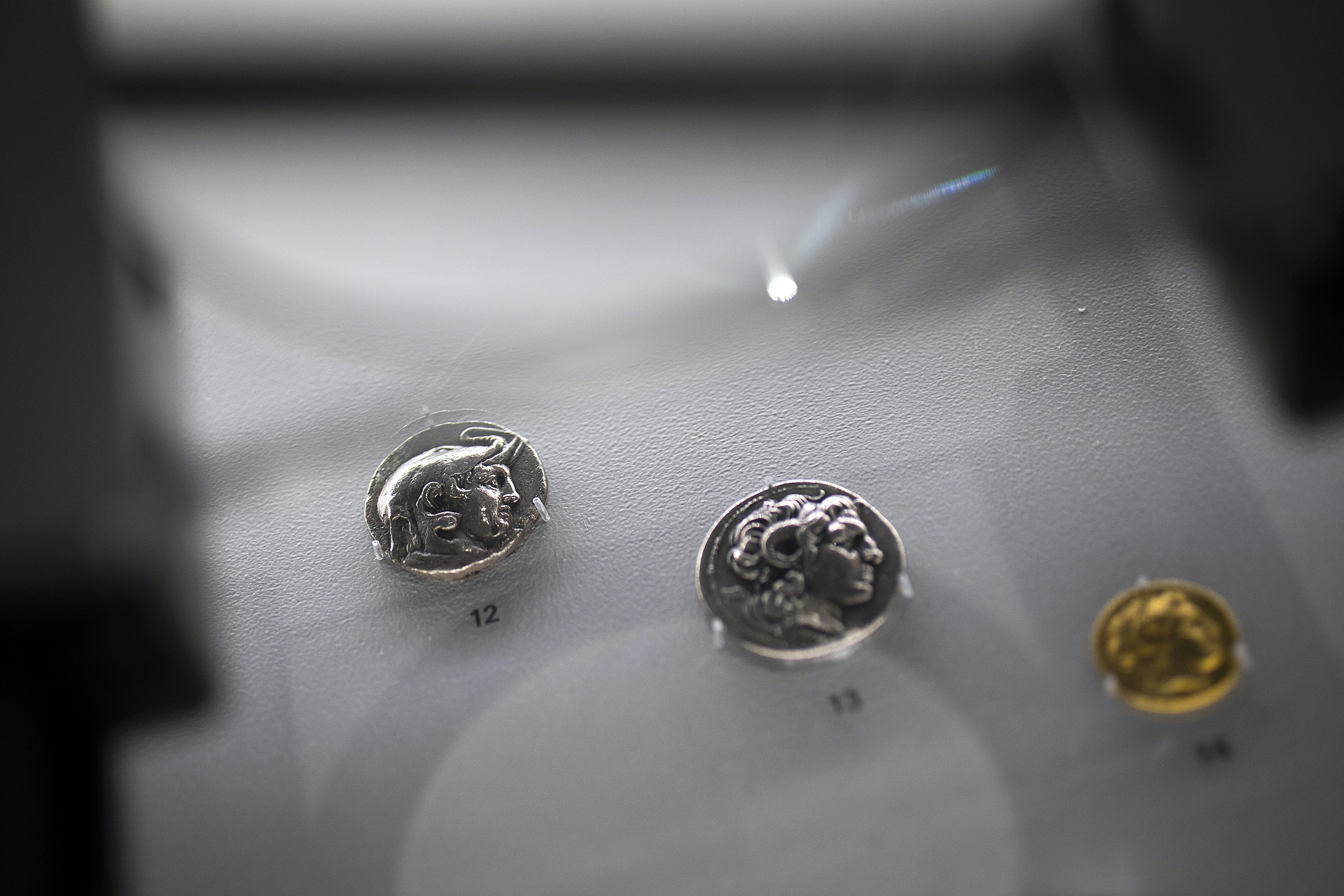
The Silver Tetradrachm of Ptolemy I, Alexandria (Egypt), 320-325 B.C.E., are displayed in the Harvard Art Museums.
Stephanie Mitchell/Harvard Staff Photographer
“Most of the coins of Sicily have a four-horse chariot with a victory on top,” said Arnold-Biucchi who noted the dekadrachm would most likely have been used to pay high-ranking military men. But the coin’s imagery didn’t honor a political victory, she added. “The Sicilian tyrants of the fifth century B.C. were very wealthy, so they would send their chariots to compete at the games of Olympia.”
Arnold-Biucchi said she leaves Harvard inspired by her years at the museums, by her colleagues, and by a message from the University’s recent commencement speaker, German Chancellor Angela Merkel, who encouraged her listeners to embrace change. Near the end of her address in May Merkel told the crowd gathered in Tercentenary Theatre: “I believe that time and time again we need to be prepared to keep bringing things to an end in order to feel the magic of new beginnings.”
“I will do that too,” said Arnold-Biucchi.
The Harvard Art Museums has more than 150 coins on display in the ancient art galleries on the third floor. Online visitors can explore the coin collection via the museums’ website.


